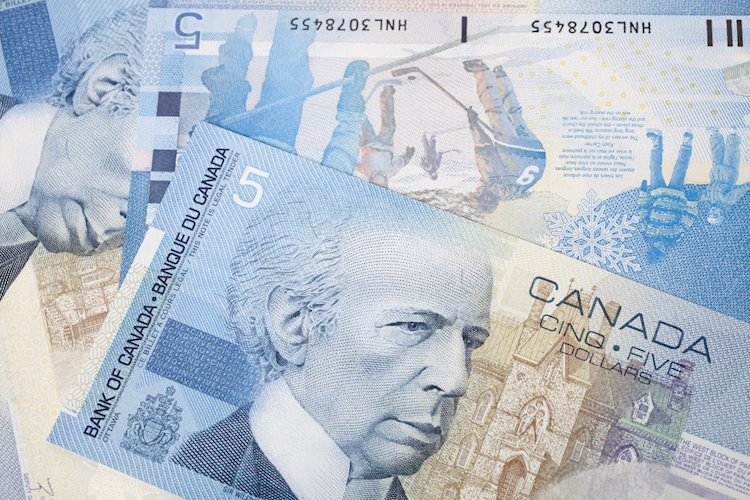The USD/CAD pair weakened to around 1.3825 during the early Asian session on Wednesday due to election-related uncertainty and higher crude oil prices supporting the Loonie. Polls show a tight race between Donald Trump and Kamala Harris, with Trump currently holding a lead. The US ISM Services PMI for October beat estimates, and the focus now shifts to the Fed interest rate decision on Thursday, which is expected to cut rates by a quarter percentage point. The rise in crude oil prices could underpin the Canadian Dollar in the near term as Canada is the largest oil exporter to the US.
The key factors driving the Canadian Dollar include interest rates set by the Bank of Canada, the price of oil, the health of the economy, inflation, and the Trade Balance. Market sentiment, particularly risk-on versus risk-off, also influences the CAD, with risk-on being CAD-positive. The US economy, as Canada’s largest trading partner, is another important factor impacting the Canadian Dollar. The Bank of Canada influences the CAD through interest rate adjustments and quantitative easing or tightening measures.
Oil prices have a significant impact on the Canadian Dollar as petroleum is Canada’s biggest export. When oil prices rise, the CAD tends to appreciate as demand for the currency increases. Conversely, falling oil prices can lead to a depreciation of the CAD. Higher oil prices also contribute to a positive Trade Balance, which is supportive of the Canadian Dollar. Inflation, typically seen as negative for a currency, can actually lead to higher interest rates and increased capital inflows, boosting demand for the CAD.
Macroeconomic data releases, such as GDP, Manufacturing and Services PMIs, employment figures, and consumer sentiment surveys, play a crucial role in determining the strength of the Canadian Dollar. A strong economy attracts foreign investment and may prompt the Bank of Canada to raise interest rates, supporting a stronger currency. Weak economic data, on the other hand, can lead to a depreciation of the CAD. Overall, factors such as interest rates, oil prices, economic health, inflation, and trade balance all contribute to the fluctuations in the value of the Canadian Dollar.











